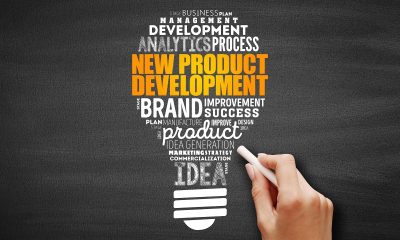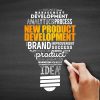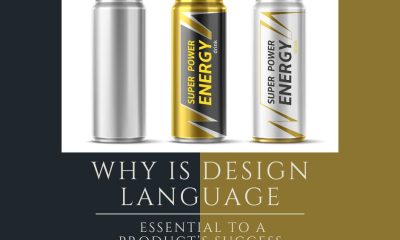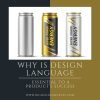Business
Industrial Design Companies Should Watch Industry-Related Trends Closely
There are so many skills that are utilized in an industrial design company, from sketching and prototyping to testing and analyzing. Industrial designers must know how to collect and synthesize data in order to produce the best results for product development. However, it is not enough to just have these skills if designers do not know the context through which they will be used. Context, in this case, refers to the social climate and environment on which their consumer is based. In order to better construct consumer-focused products, industrial design companies in California must learn to pay attention to industry-related trends and note the change in consumer expectations. Here are some of the most important concepts to keep in mind as an industrial designer while navigating the ever-changing environment:
Emotion is Key
Industrial design services understand that one of the main ways a product can succeed in the market is through connecting to customers on an emotional level. Emotion is at the heart of every human being and it often governs the decisions that we make on a daily basis. When that emotional driver is tapped into by a clever design, then it will more likely attract a larger consumer base. People want to feel like a product tells a story (their story) and makes them the hero in it. They want something that reflects their personality and caters to their individual needs. So, not only must a design be eye-catching and beautiful, but it must appeal to the consumer’s emotional sensibility.
Efficiency and Energy Conservation
More and more, it is becoming apparent that people are interested in products that have a positive environmental impact rather than a negative one. This means that industrial designers should be thinking about the kind of carbon footprint their product is leaving and how it could be reduced without compromising the quality of its function. This will not only attract a larger crowd of environmentally-conscious consumers but will also appeal to certain manufacturers and help build a better brand story.
Cloud-Based Design
Since the introduction of CAD (computer-aided design), industrial design has been significantly streamlined and improved to produce more consumer-friendly products. However, technology still continues to evolve and offers even more advancements to the industry. According to one industrial design company, the cloud has allowed better collaboration between designers and greater accessibility. Now, industrial designers can work from nearly any device on any browser and those changes will be saved and distributed in real-time across team members.
Advanced Tools
Along with revolutions like the cloud, industrial designers have also integrated tools like virtual reality into their product development process. With VR resources at their disposal, designers can now better render their products both for themselves and for prospective investors and potential customers. Not only that, but VR also allows designers to step into another person’s shoes and see how their product would be perceived. For example, VR technology can help show the reality of someone with a vision impairment or disability. This can help industrial designers better optimize their products for every kind of customer.
Designers are Still Learning
There is absolutely no end to the learning process. Even highly experienced industrial designers are still open to the changes in their industry and are continuously adapting to shifts in the environment. Fortunately, that is what makes industrial design so innovative and so interesting. Companies can’t wait to see what their skilled employees will come up with next and consumers can’t wait to enjoy the full range of these products.












